This cold January 13, 2023 day ended up being one of my best bird biodiversity photography days. I got so many unique pictures and several of them really showed the different personalities of these Aves species along the Maryville - Alcoa Tennessee Greenway.
I first started taking bird pictures back in July, 2022. In September I bought a new Canon Rebel T7 EOS 1500 camera and with the 75-300mm lens that allowed me to take better close up pictures.
The past rainy and windy days had me wanting to get outside and take some pictures and get some exercise. I did have to walk quickly in sections where I was not hearing any birds to warm up. Here are samples as teasers to what others are in this:
Closer to Nature....Digital Nature Journal
Left click on each photo for a better view in a gallery format. You can also scroll through them with the directional arrows. To return to the main page hit escape or click the X in the upper right hand corner of the picture.
I headed out from my hilltop condo and quickly walked the one block down to the Maryville trail next to the Lake. I was hearing and seeing a few birds flying around the lake shoreline below the trail. I took the connector trail down to the lake shore.
I began starting my day of photography by taking pictures of this Northern Mocking Bird. I chose to show the Mockingbird with a different pose with its head down in this bush.
I also had seen a couple of Carolina Wrens around another bush and this one was singing loudly when I snapped the next photo. About ten feet from where I was standing was the lakeshore lined with reeds and aquatic grasses growing where these male and female Mallards were feeding on plants under the water surface.
I went back up the bank to the main trail and stared walking in the direction to pass under the pedestrian bridge below the Blount County Library. I was watching for movements in the reeds and grasses that grow along the lake shoreline that was about 6 feet below the trail.
I was able to photograph this Eastern Phoebe perched on a reed looking towards the lake with the arched reeds over its head (reminds me of rainbows). The overcast day lessened the sunlight but made this photo have an artistic almost black and white scene in the picture.
Just a few more feet down the shoreline I saw this Song Sparrow who was making several movements that had me thinking it might have had fleas or mites under its feathers.
Photo 1 looks like this Sparrow is scratching its neck with its claws.
Photo 2 it appears to be biting with its beak on its lower belly and maybe eating body bugs.
And in Photo 3 I think this Song Sparrow realized I was photographing its body contortions and assumed a pose of:
"I am embarrassed you saw me like this and took pictures of me scratching and biting those Cooties in my feathers!"
I walked under the bridge that is high over the trail, while looking at all the Mallards swimming in the lake and spotted this Blue-winged Teal next to the shore. I first thought this was a female Mallard, but the wider feathers are more rounded on the ends.
This is a new bird species sighting for me that I keep track of in my iNaturalist observation posts. I have a Getting Started With iNaturalist link at the end of this post in my
Closer to Nature..... Digital Nature Journal
As I continued to walk towards the Greenbelt Lake spillway dam I was watching for movements among the lace like seed strands of some shoreline grasses.
I spotted this Song Sparrow peaking out at me. I told it that I loved this frilly new look of its extended white feathery outfit!
Just below the Greenbelt Lake dam in Pistol Creek, I saw 4 Mallards trying to stay in the rushing water. This male Mallard was up on the bank and seems to be having some serious neck stretch going on. I challenge you to try this as it is beyond my abilities!
After I entered the Alcoa section of the Greenway trail I was seeing several little birds flitting around in some brush where a large tree had blown down a few years ago. This area was opened up to more sunlight on the Pistol Creek side of the trail. I walked about 10 feet into a smaller clearing and stood still with my camera ready.
I saw the tiny oval body shape and greenish tinted feathers of one of North America's smallest song birds in the brush by the downed tree trunk.
The Ruby-crowned Kinglets are usually moving all the time, but I was able to capture these two photos with decent in-focus results.
In the first one just look at those eyes and little round face. The second photo shows how it gets its name of Ruby-crowned.
In this same location I was hearing the "chick-chick-chickadee" songs of the Carolina Chickadee. I saw a pair of these small birds also constantly moving in the brush and even up in the tree limbs about 15 feet above where I was standing.
I usually take multiple shots when I see Chickadees as I never know which ones will be in good focus due to all their movements and how they like to move in and out of the brush and limbs.
Neither of these pictures are in perfect focus, but I try to record in photographs the places or micro-habitats where I observe the birds. These observations go back many years for me when I had my first college Field Ecology class.
We kept notebooks of all our observations when we were outside and saw any living animal. Having field notes of where the animal was and what it was doing are ways to better understand the birds and mammals we saw.
In the first picture the pair are close together and at least I was able to capture their black and white heads, and gray backs. They were perching and moving around in what I believe is a large tangle of Japanese Honeysuckle vines close to the ground.
I also like to show other details of the physical body and how birds can extend their wings to stretch, or to get ready to take off in flight. The second picture shows this Chickadee perching on one of the limbs of the blown down tree. After I took this photo, it took off and flew up overhead and was followed by the other Chickadee into the trees.
I walked on down the trail for another five minutes behind the commercial area of Midland Center and crossed Home Avenue. This is the only street crossing on this section of the Alcoa Greenway trail. For the next three miles the trail goes underneath streets as it follows Pistol Creek in the flood plain.
After the street crossing, I also crossed a foot and bicycle bridge over Pistol Creek. I spotted a flash of red on a smaller tree beside the trail. The clouds had rolled in and the sunlight was a lot less. I was able to take a few pictures of this Downy Woodpecker moving up the tree.
This first half mile section of the Alcoa Greenway has been one of the areas where I have seen some of the most bird biodiversity in such a small area of all my photo explorations.
Across Pistol Creek in this area is a grown up bank of tangles of trees, shrubs and vines. Most of this trail section is on the back side of the Midland Center paved rear access to the commercial stores and a large indoor storage facility.
On the side of the creek where the trail is, there are only a few condo's but it is about 50 yards over to the next street. This undeveloped area is low lying and contains grown up trees and undergrowth and a seasonal marshy thick grass field.
A smaller stream drainage area forms a wooded wetland that also flows into Pistol Creek. At the 0.5 (1/2) mile marker the trail opens up into another open field area which is a power line right of way that provides some seasonal marshy habitat of tall grasses, blackberry thickets, and shrubs.
As I entered this area I was hearing several birds on either side of the trail but the only bird or wildlife good photos I took were of several Eastern Gray Squirrels in the trees.
The birds were more hidden or not moving around that much as the temperature had dropped in this shady creekside area. It also had gotten a little darker on this overcast day as cloud cover in the sky had increased.
I almost missed seeing this all puffed up brown bird perched on a limb about 8 feet off the ground right beside the trail. I was not sure what kind of bird this was from the back view I was seeing.
After I had snapped several photographs, the small bird turned its head around to look at me. I saw the distinctive feather patterns and colors along with the Carolina Wren light head stripes above the eyes and extending back to its neck.
Carolina Wrens are one of my favorite little birds because they have such a "cute" look.
I was hearing the "chick-chick-chickadee" songs of the Carolina Chickadees again as I moved where the wooded wetland area begins past the marshy field on my left.
It was still overcast and my pictures were not bright. I was able to get a photograph of another pair in a tree and one of the Chickadees in a tangle of vines higher up. I included this "dive bomber" Chickadee picture which showcases the flight abilities of these little dynamic black and white species.
There were more smaller birds calling and flying all around from the trees on both sides of the trail.
I saw 2 or 3 Downy Woodpeckers chasing each other on both sides of the trail. When one attached itself to eat berries while swinging on the vines and smaller limbs, I got some acrobatic pictures of it feeding.
The low light made getting this photo of a Yellow-rumped Warbler perched on these tree limbs result in this darker view. Its feathers were puffed up as the lack of sunlight here along the creek was keeping the temperature cooler.
The area all of a sudden got much lighter and it looked like finally the morning low cloud cover was burning off and letting the 10:50 am sunlight brighten and warm the day up.
I heard the a few chirps from a bird and saw this little one with a green tint jumping and flying near the ground underneath a large tree. I knew it was a sighting of another Ruby-crowned Kinglet.
The first photo shows the wing colors and patterns on the feathers of greens, yellow, black, and those smaller white strips. The oversized dark eyes assist to identify this species. Look closely at the second picture and a small ruby red "crown" on top of the head this is visible.
Back across the trail with the brightness of the sunshine, I was able to look into the trees that had the vines with berries, and see more bird movements. The sunshine made getting the next two photographs with much better results than some of the previous ones.
This might have been the earlier Yellow-rumped Warbler I had photographed. This bird was now taking advantage of the light and warmth to eat some of these berries. It was even as acrobatic as the Downy Woodpecker was in previous pictures.
I saw some flashes of red in the brush across the trail near the creek and heard a few "chirps" that I recognized. I was trying to take some focused pictures of the source of these sounds, but the dense plant growth did not allow me any success.
I was rewarded when out flew this bright red male Northern Cardinal that added to the sudden brightness from the sunlight even more.
I have seen this next species before back on November 24, 2022 and knew it was a Hermit Thrush. It is not often seen in most of East Tennessee, so I did some research and have this information below.
The Tennessee Wildlife Resources Agency states: “Never an easy bird to see, the Hermit Thrush is fairly common in forests with a well developed understory from early October to late April.”
“While a Hermit Thrush nest has yet to be found in Tennessee, males have been heard singing and juvenile birds have been found on Roan Mountain for the past 10 years."
I was at the 0.5 (1/2) mile post of the Alcoa trail section and the time close to 11:00 am. I decided to head back towards home that would be just over a 1-1/2 mile walk.
All of a sudden I head a Cardinal "chirp" again and as I scanned through the plant growth in the direction of this sound I got some focus on this pretty lady through my camera.
Female Northern Cardinals are not as bright red as the males but I love seeing these ladies and taking their pictures.
I saw a burst of white on the opposite side of the trail where the vines had berries on them. I was snapping pictures but not sure what I was seeing. The bird let go from hanging on the vine and flew down to the ground.
I kept my camera following the white feathers and saw this unknown was another Downy Woodpecker that had the white belly with a few grey specks. Earlier I had seen at least 2 or 3 of the Downy Woodpeckers here as I guess they liked the berries on these vines.
I had walked about 15 minutes back the way I had come when I first thought I was able to take photos of another Ruby-crowned Kinglet but this next bird was much larger.
It was later that evening when I posted to iNaturalist for identification when I discovered this was a female American Goldfinch. This is why I use this program as it does confirm my identifications as well as helps me with species I do not know.
I reviewed my iNaturalist observations of this species and discovered that my last posting for it was November 24, 2022.
I continued heading home for about 5 minutes along the trail but noticed bird movements as well as hearing the "chick chick chickadee" over to my left. I saw some brighter tan shelf fungus growing on some decaying smaller tree trunks and was able to photograph this Carolina Chickadee feeding in and around the fungus.
But then a bigger bully bird appeared and wanted to peck where the smaller Chickadee was feeding. This Downy Woodpecker had claimed this tree trunk and the following photos tell the story of who flew off and who stayed to feed.
I decided unless I saw birds I wanted to photograph I would walk home and fix some lunch. I finished the Alcoa trail section and was just past the boundary with Maryville.
I first saw an odd shape high up in tree above Pistol Creek a little ways below the Greenbelt Dam.
I moved slowly as I thought I knew what large bird I was seeing. The series of photos I took as I snapped several confirmed I was capturing a Great Blue Heron way up high in a tree among many limbs.
This was kind of unusual as I have seen Great Blue Herons perched in trees before, but they were more out in the open. I like my pictures today even though the clouds had rolled back in to lessen the light.
I work to capture photos of birds in their habitat, but this series has very different views of Great Blues. I was able to get some shots with focus on the eyes and unique legs and feathers of this Great Blue Heron high among the limbs.
As I was walking by the Dam I heard a shrill high pitch call and thought a Red-shouldered Hawk was somewhere near this area. I have seen one or a pair here near downtown Maryville quite often since September, 2022.
A more normal Great Blue Heron sighting was this bird that was standing on a rock beside the shoreline grasses at the edge of the lake.
I was right next to the trail connector going up the steep bank to the sidewalk that goes along the back of the Blount County Public Library.
This is where the pedestrian and bicycle bridge is high overhead the main lake below. It provides a walk from the Library and downtown Maryville 2 blocks away.
I was getting ready to walk on past the Library and head home between the Regal Tower Condos and the Waterfront Restaurant that has a balcony that overlooks the Lake.
I heard a crow "cawing" and I saw one soaring across the lake in the air. I was trying to get this Crow in flight when I was right behind the library. I missed seeing another bird perched on the Pavilion across the bridge from the Library that was the earlier shrill call.
It was later that evening when I was going through my photos from this day that I saw this Red-shouldered Hawk being harassed by the Crow. I now knew the source of the earlier Hawk shrill.
One of the local Red-Shouldered Hawks was perched on top of this small pavilion across the bridge, just a block from downtown Maryville.
Since September 7, 2022, I have posted 25 iNaturalist observations of Red-shouldered Hawks around the Greenbelt lake and downtown.
I consider iNaturalist to be my data collection and storage of my observations of birds, mammals, flowers, trees, bees, butterflies, insects and all the other life I record with photographs.
When I use the iNat App with my iPhone I can also upload sounds like a Hawk shrill call and it will suggest an identification of what bird this is.
If I have a cell signal when I add a picture or sound using my phone iNat will record the GPS location, time and date. Below is the link to iNaturalist.
Randy's Bird photography rationale for the sometimes not "perfect" photographs:
"For most song birds I photograph, I attempt to capture them in their natural habitats and I do not over crop or zoom in too close. Often it is a challenge to get identification pictures of them back in the limbs, leaves, and brush were I usually see them."
"I post almost all my bird pictures to iNaturalist for confirmed identifications. This program maintains a record of time, date, and location of where I saw these birds. This data is shared to the iNat community for phenology records and population monitoring changes."
Here are 2 links to other posts in this Blog with my ID tips and some ways I capture birds back in the brush peeking out at me.
Randy's Bird Photography Identification Tips Post
Birds in the Brush Photography
Four more photos below for this section of a running Song Sparrow and a pretty lady Northern Cardinal in a tree taken from the Library sidewalk as I headed home.
To close this daily narrative of this
Closer to Nature..... Digital Nature Journal
I found a small Song Sparrow on the sidewalk behind the Library where the Bridge over the lake is. There were several others here on the sidewalk and in the Shakespeare garden the Library maintains.
The steep bank that is between this sidewalk and the Greenbelt Trail by the Lake has numerous Song Sparrows in this micro habitat.
Leaping and Running Song Sparrow
Female Cardinal in a tree
Gazing intently at me
Top tuft of feathers
Pushed to the side
This classy lady
Has no reason to hide
Turning away in this tree
Still keeping and eye on me
Feathers on wings of darker reds
Continues with the reds to its tail
Female Cardinal in a tree
Gazing intently at me
I hope you enjoyed this bird photo walk with me. I decided to show my pictures of the bird biodiversity I observed on this January 13, 2023 cold overcast day, that did not have the best light for photography.
These birds were showing what they do on days like this and some were very entertaining to see, especially when they physically express their personalities that I was able to capture with these selected pictures.
Thanks for viewing and please add comments!
Randy Puckett
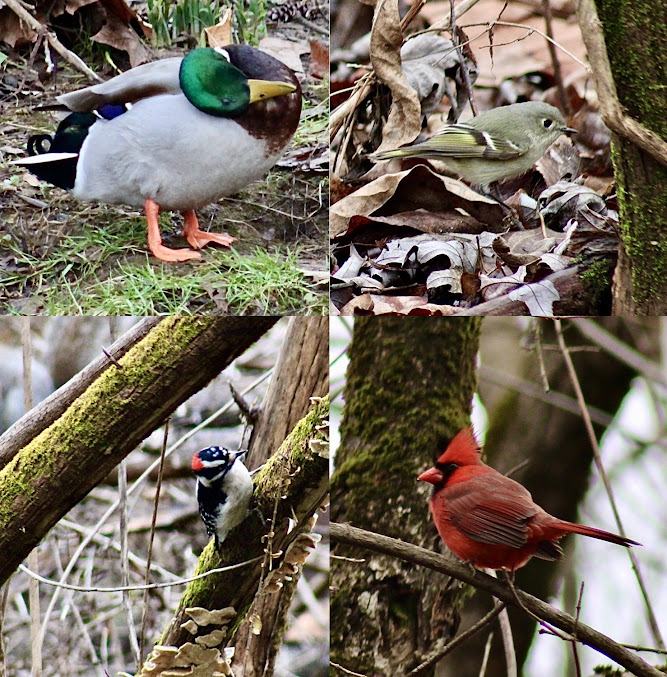




































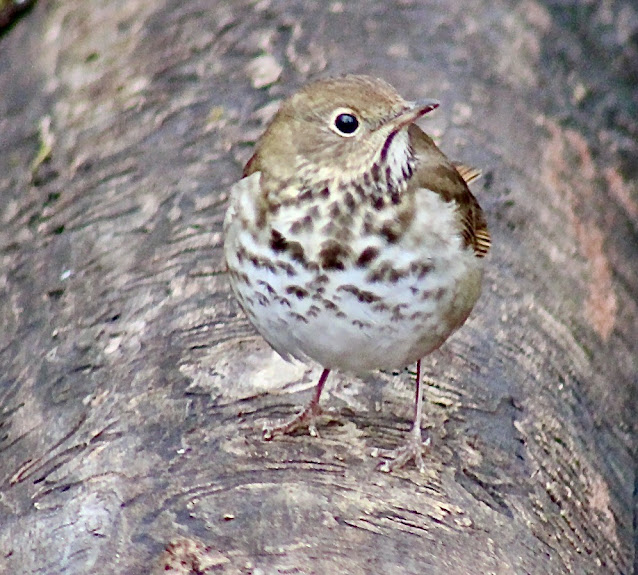















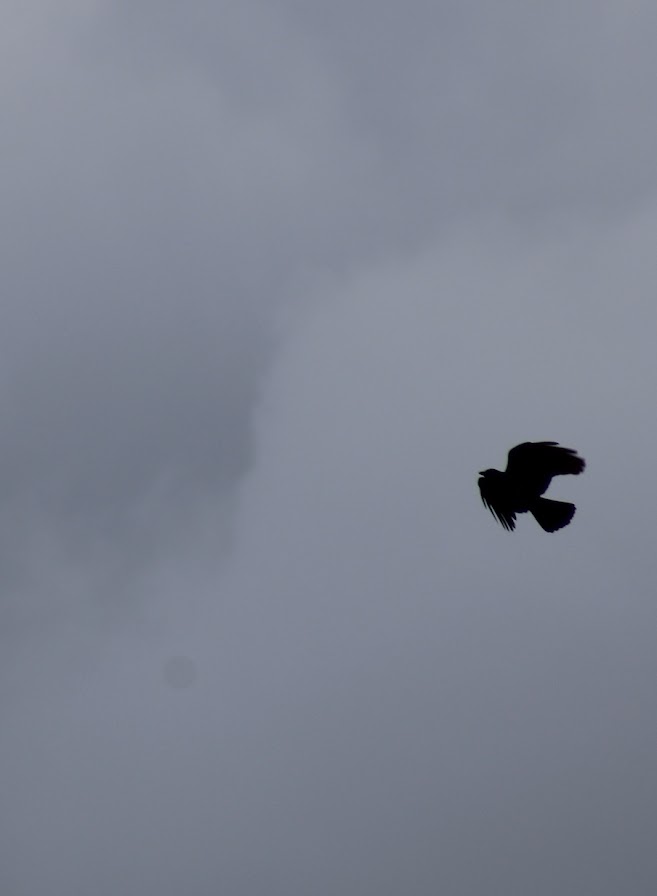







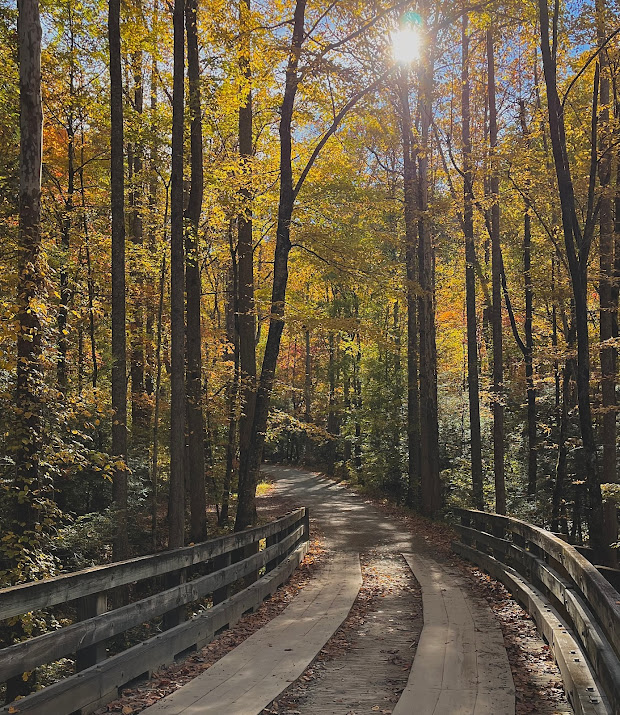
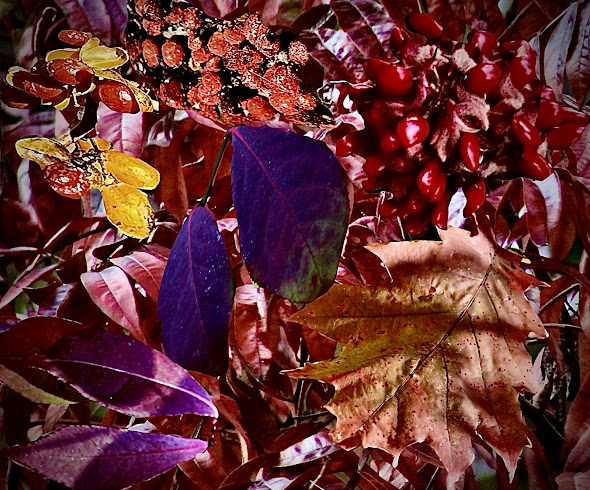
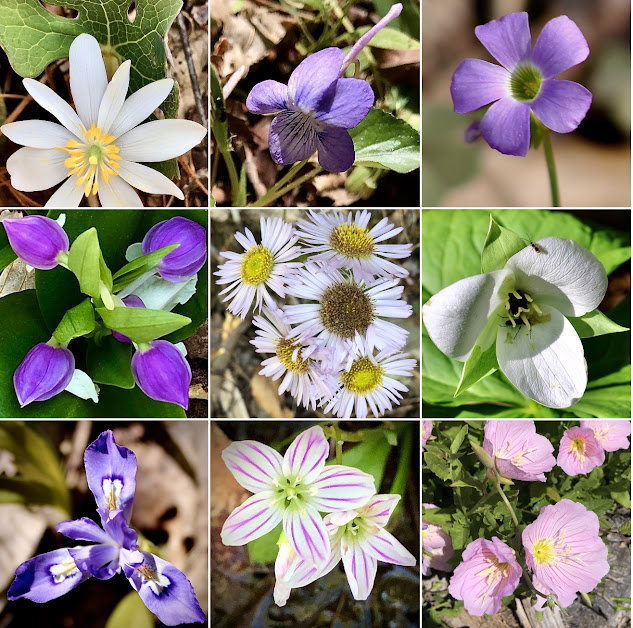


Comments
Post a Comment